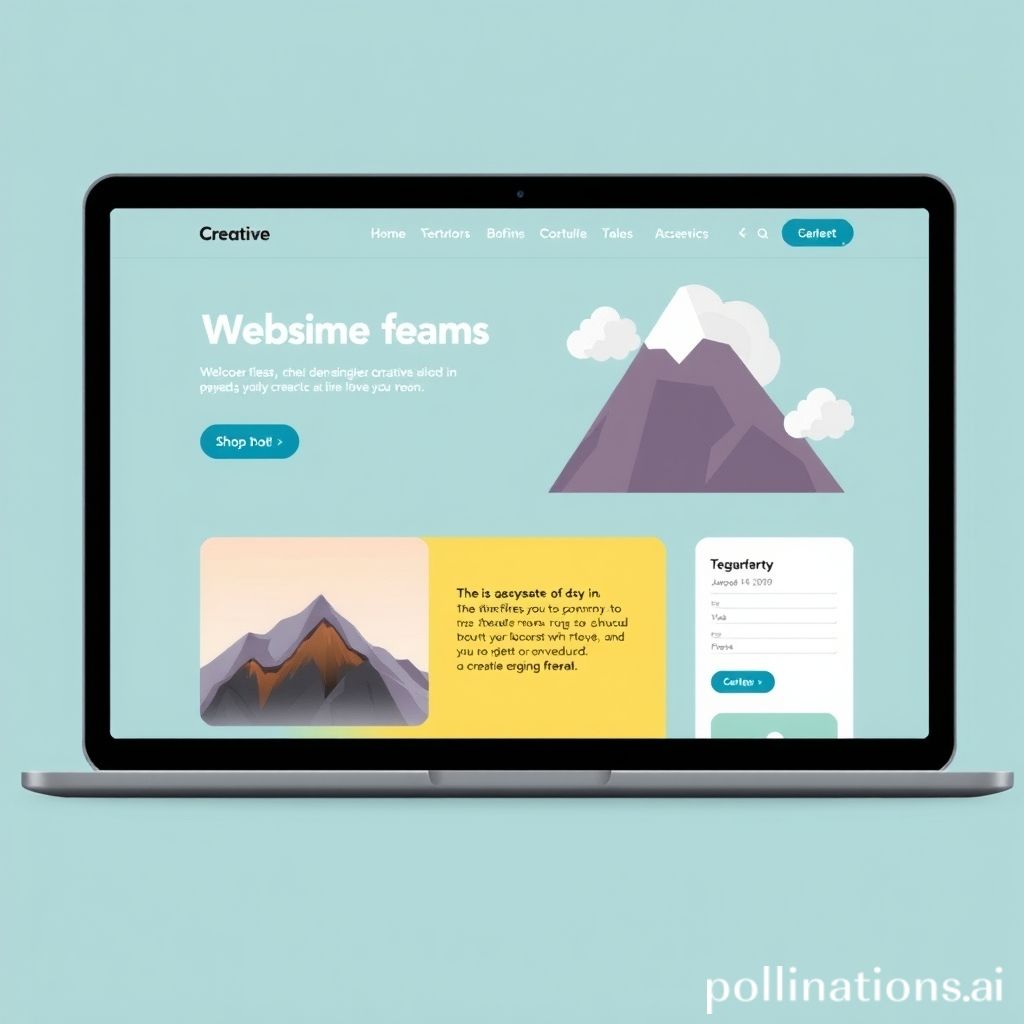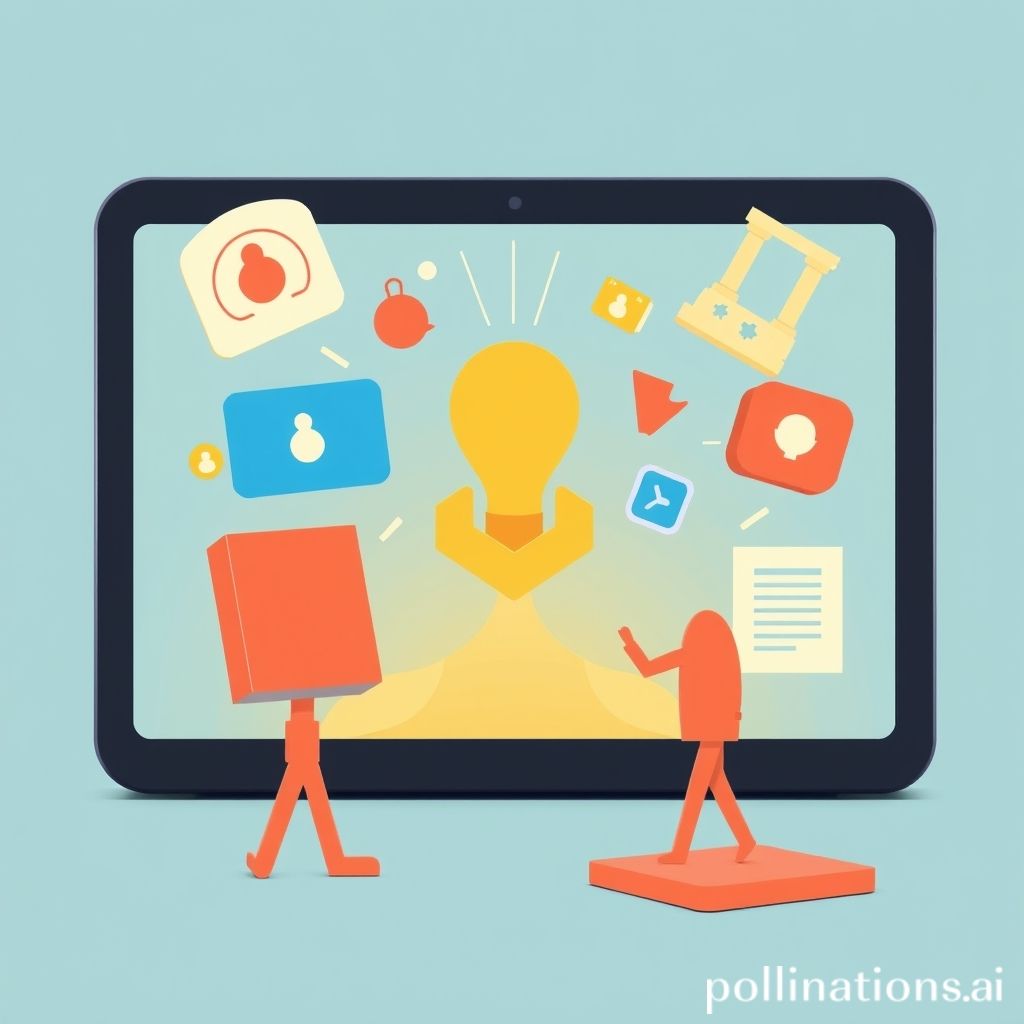Table of Contents
- Introduction
- Understanding Christ as the Image of the Invisible God (Colossians 1:15)
- The Creator of All Things: Christ’s Role in Creation (Colossians 1:16)
- The Supremacy of Christ over All Spiritual Realms (Colossians 1:16)
- Christ as the Head of the Church: Understanding His Authority (Colossians 1:18)
- The Importance of Christ’s Resurrection: Implications for Believers (Colossians 1:18)
- Reconciliation through Christ’s Blood: The Essence of Salvation (Colossians 1:20)
- The Nature of Peace with God through Christ (Colossians 1:20)
- Contemporary Examples of Christ’s Supremacy in Culture and Media
- Conclusion
- Frequently Asked Questions
Introduction
In a world brimming with confusion and competing beliefs, the quest for truth can often feel like navigating a labyrinth. Yet, within the sacred text of Colossians, the Apostle Paul presents a breathtaking portrait of Jesus Christ—one that not only illuminates His divine nature but also reaffirms His supremacy over all creation.
Colossians 1:15-20 declares, “He is the image of the invisible God, the firstborn over all creation. For everything was created by Him, in heaven and on earth, the visible and the invisible, whether thrones or dominions, rulers or authorities; all things have been created through Him and for Him. He is before all things, and by Him all things hold together. He is also the head of the body, the church; He is the beginning, the firstborn from the dead, so that He might come to have first place in everything. For God was pleased to have all His fullness dwell in Him, and through Him to reconcile everything to Himself by making peace through the blood of His cross—whether things on earth or things in heaven.”
Join us as we delve deeper into this profound passage, where each verse is a key that unlocks the immeasurable majesty of Christ, inviting readers to reflect on His unparalleled significance in our lives and in the cosmos.
Understanding Christ as the Image of the Invisible God (Colossians 1:15)
In Colossians 1:15, the Apostle Paul presents Christ as the ‘image of the invisible God.’ This profound statement highlights Christ’s unique role in revealing God’s nature and character to humanity. To understand this concept, it’s essential to recognize that an image reflects the attributes of the original. Just as a photograph captures the likeness of a person, Christ embodies the qualities of God.
In calling Jesus the ‘image’ of God, Paul emphasizes His divinity and His ability to make the unseen visible. This means that through the life and teachings of Christ, individuals gain insight into God’s holiness, love, and grace. Moreover, the phrase indicates that Christ is not merely a representation but is fully God Himself, affirming the doctrine of the Trinity.
Furthermore, understanding Christ in this light encourages believers to deepen their relationship with Him, seeing Him as the ultimate revelation of who God is. This passage serves as a reminder that in Christ, the mystery of the divine is made accessible, inviting all to explore the fullness of God through Jesus.
The Creator of All Things: Christ’s Role in Creation (Colossians 1:16)
In Colossians 1:16, the Apostle Paul emphasizes the critical role of Christ in creation, declaring that all things were created through Him and for Him. This powerful statement highlights Christ’s divine authority and position as the active agent in the creation process. Everything in heaven and on earth, visible and invisible, including thrones, dominions, rulers, and authorities, owes its existence to Him.
This passage also signifies the intentionality behind creation, as it was not just a random act but rather a purposeful act of Christ. The notion that all things were created ‘for Him’ underscores that creation serves a greater purpose in glorifying the Son. By placing Christ at the center of creation, Paul reinforces the belief that He is not just a part of creation but the very essence of its existence.
Understanding Christ’s role as the Creator invites believers to recognize His preeminence over all aspects of life. It cultivates a deeper appreciation for the world around us and our place within it, reinforcing the belief that our existence has meaning and is connected to His divine plan.
The Supremacy of Christ over All Spiritual Realms (Colossians 1:16)
The Supremacy of Christ over all spiritual realms is powerfully articulated in Colossians 1:16, where it is affirmed that ‘in him all things were created, in heaven and on earth, visible and invisible, whether thrones or dominions or rulers or authorities—all things were created through him and for him.’
This verse emphasizes that Jesus Christ is not just a figure within history but the very foundation of all creation. It highlights His preeminence in both the seen and unseen realms, asserting His authority over every spiritual hierarchy. The mention of ‘thrones, dominions, rulers, and authorities’ indicates that Christ’s lordship extends beyond the physical world into the spiritual domain, encompassing every power and influence.
By stating that all things were created through Him and for Him, the text reinforces the notion that Jesus is central to God’s creation plan. Therefore, His supremacy means that all of creation ultimately finds its purpose in Him. This perspective encourages believers to recognize Christ’s authority and to reflect on their position within His created order.
Christ as the Head of the Church: Understanding His Authority (Colossians 1:18)
In Colossians 1:18, the Apostle Paul emphasizes the supremacy of Christ by declaring Him as the ‘head of the body, the church.’ This declaration highlights the authority of Christ within the church, signifying that He is not only the founder but also the sustaining force that holds the church together. His role as the head implies that all believers are members of this body, interconnected and functioning under His guidance.
Understanding Christ’s authority is crucial for the health and unity of the church. Just as a physical body relies on its head for direction and control, the church must seek direction from Christ to fulfill its mission and purpose. This authority also reflects His divine power, as He is described as the beginning, the firstborn from the dead, and the one who preeminent over all things.
In recognizing Christ as the head, believers are called to submit to His leadership, ensuring that their actions, teachings, and community life align with His will. This alignment not only fosters spiritual growth but also strengthens the church’s witness in the world.
The Importance of Christ’s Resurrection: Implications for Believers (Colossians 1:18)
The resurrection of Christ, as emphasized in Colossians 1:18, holds profound significance for believers. It signifies not just a historical event, but a transformative power that impacts the lives of Christians today. The verse denotes that Jesus is the ‘firstborn from the dead,’ establishing His supremacy over all creation. This position reaffirms that He is not only a figure of religious significance but the very foundation of faith for believers.
The implications of Christ’s resurrection are vast. For believers, it offers assurance of eternal life, indicating that death is not the end, but a passage to a renewed existence with Christ. His victory over death provides hope and affirms God’s promise of salvation. Additionally, the resurrection empowers believers to live differently, encouraging them to pursue a life that reflects Christ’s love and teachings. It is a call to rise above challenges and embrace the new life in Christ, embodying the transformative power that His resurrection brings. This truth fuels the believer’s faith journey, instilling confidence and purpose as they navigate their spiritual lives.
Reconciliation through Christ’s Blood: The Essence of Salvation (Colossians 1:20)
Colossians 1:20 highlights the profound theme of reconciliation through Christ’s blood, emphasizing the essence of salvation. This scripture teaches that through His sacrifice, Jesus established peace between humanity and God. The metaphor of blood underscores the gravity and importance of Christ’s atonement. It signifies not just a physical sacrifice, but the spiritual restoration that results from it.
The phrase ‘making peace’ reflects the transformative power of Christ’s work on the cross, bridging the gap caused by sin and estrangement from God. This reconciliation is not a mere concept; it is a personal invitation to embrace a restored relationship with the Creator.
By acknowledging Jesus’s role as the mediator, believers can find hope and healing. His sacrifice is the pivotal point of salvation—where the old self is laid to rest, and a new identity in Christ is born.
Thus, understanding this reconciliation is crucial for grasping the fullness of the gospel and living out faith, as it offers a pathway to divine intimacy and eternal life.
The Nature of Peace with God through Christ (Colossians 1:20)
The nature of peace with God through Christ, as articulated in Colossians 1:20, emphasizes the role of Jesus’ sacrifice in reconciling humanity with God. This passage reveals that peace is not merely the absence of conflict, but a profound state of restoration and harmony achieved through Christ’s blood shed on the cross. In this context, peace with God signifies a relationship that has been transformed and renewed, offering believers assurance and stability.
Furthermore, this peace is pivotal for understanding the fullness of the gospel. It signifies an end to hostility and separation caused by sin, allowing for an intimate connection with God. Through Christ, believers are invited into a lifelong journey of living in this peace, which transcends worldly concerns and anxieties. This peace is also characterized by its continuity; once established, it provides a solid foundation for faith, enabling believers to navigate life’s challenges with confidence.
Ultimately, the peace we experience through Christ is a testament to God’s love and grace, showcasing His desire for all of creation to be reconciled to Him.
Contemporary Examples of Christ’s Supremacy in Culture and Media
In contemporary culture and media, the supremacy of Christ is often depicted through various forms of expression, including art, literature, and film. For instance, many artists create works that reflect on themes of redemption, sacrifice, and love, which are central to the teachings of Christ. These pieces often serve as a commentary on the human condition and highlight the transformative power of faith.
Films that explore biblical narratives also contribute to this conversation, portraying the life and teachings of Jesus in ways that resonate with modern audiences. Movies such as ‘The Passion of the Christ’ and ‘Risen’ attempt to depict the significance of Christ’s death and resurrection, emphasizing His authority over life and death.
Additionally, music plays a critical role in conveying Christ’s supremacy, with many contemporary worship artists creating songs that celebrate His divinity and reach. Such examples permeate various media, reminding audiences of the ongoing relevance of Christ’s message and His essential place in the Christian faith amidst a rapidly changing world.
Conclusion
In conclusion, the exploration of Christ’s supremacy in Colossians 1:15-20 reveals the profound truth that believers are never alone. Christ, who is the ‘image of the invisible God,’ stands with open arms, inviting each of us into a deep and intimate relationship with Him. His role as the creator and reconciler emphasizes that our existence is meaningful, grounded in His divine plan.
This passage not only instills hope but assures us that we have a Savior who is always present, ready to embrace us through life’s challenges. As we reflect on this, it is crucial to ask ourselves, ‘What is God saying to you?’ and perhaps more importantly, ‘What are you going to do about it?’ Let this revelation of Christ’s majesty inspire action in your life, encouraging you to respond to His love and grace.






 Discover how you can harness the full potential of WordPress to breathe life into your ideas, capturing the essence of your brand or passion project with every click and swipe. This article will guide you through the transformative journey of making your vision a tangible reality—one webpage at a time.
Discover how you can harness the full potential of WordPress to breathe life into your ideas, capturing the essence of your brand or passion project with every click and swipe. This article will guide you through the transformative journey of making your vision a tangible reality—one webpage at a time.








